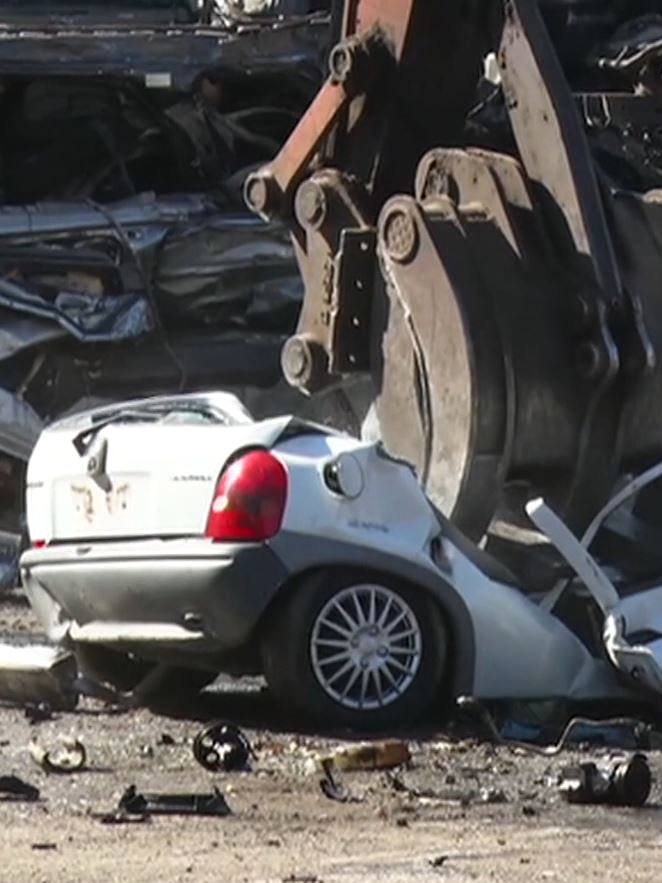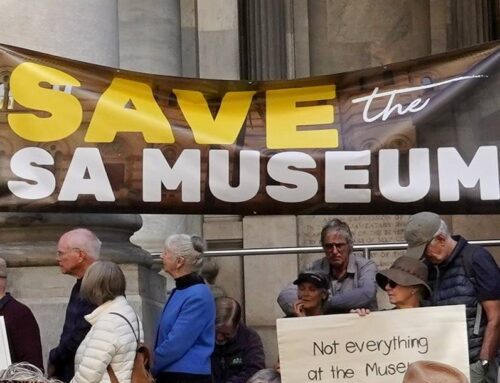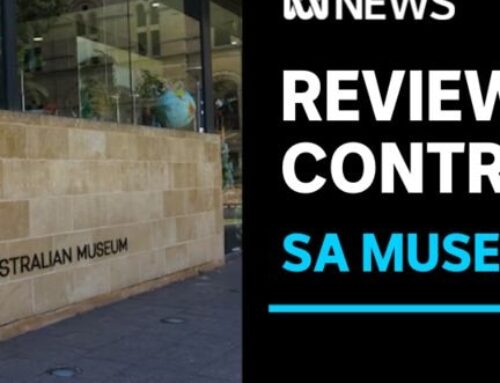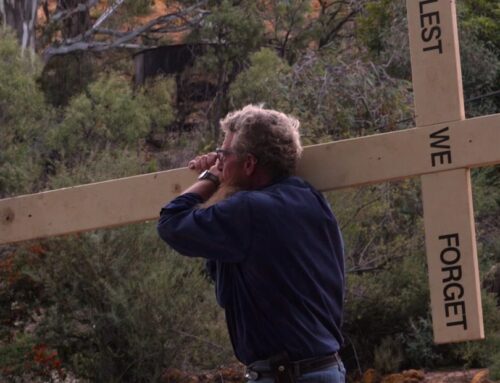Disadvantaged vehicle owners are being forced to choose between paying a fee to release their impounded cars or covering legal costs — even if they have a genuine defence to their charge, the Law Society of South Australia says.
Key points:
- Alleged offenders are required to pay $1,135 in 28 days, or up to $1,395.50 in 38 days, to release their car
- The legislation was aimed at hoon or dangerous driving
- Those who can not afford the release fee or legal help could be left without a vehicle
SA Police revealed 822 impounded vehicles were destroyed or sold since rules targeting dangerous drivers were brought in on July 1 last year.
The legislation required alleged offenders to pay up to $1,395.50 to release their impounded vehicle or it could be destroyed or sold after 38 days.
Between July 1 last year to June 20, 520 vehicles were crushed for scrap metal while 302 were auctioned off.
Over the same period, 635 vehicles were released on hardship grounds.
The alleged offences ranged from driving an unregistered vehicle to drink driving, among hoon or dangerous driving.
Not everyone can afford release fees
The Law Society of SA previously slammed the new rules, with its president Justin Stewart-Rattray warning that vehicles that are seized and potentially destroyed before a person was found guilty would “disproportionately affect less well-off South Australians”.
“The society is aware of cases involving drivers facing the destruction of their vehicle who potentially have had a genuine defence to their charge, but have been unable to afford the impounding fee required to release their car, and who are also unable to afford legal representation,” he said.
“And because most of the offences that can result in car forfeiture are not covered by legal aid, the drivers in these cases have no legal recourse to challenge a charge.
“Now that the car impounding scheme has been in place for almost 12 months and we are beginning to see court matters where the evidence against defendants is tested, it is likely that there will be cases of people having their charges dismissed or withdrawn, which may then lead to people seeking compensation for out-of-pocket expenses as a result of their car being impounded.”
A SA Police spokesperson said they could not comment on court outcomes, if any, that are linked to the impounded vehicles.
But they said a refund will be paid if a matter is discontinued, withdrawn or a person is found not guilty by the court.
The Law Society of SA is calling for vehicle release fees to be paid upon conviction and for payment plans to be reinstated.
“Clearly, those who will have difficulties paying for the considerable release fee and cannot afford to contest a charge even if they have a legitimate defence are going to be far worse off than those who can comfortably pay for their vehicle to be released,” he said.
“This is exacerbated by the fact that there are no payment plan options for low-income earners, which only serves to entrench disadvantage, although the society notes the Police Commissioner does have the discretion to waive impounding fees in cases of severe financial hardship.”
Rules target reckless driving: Minister
Police figures show 23 out of 37 lives lost on SA roads this year were contributed to by speeding or dangerous driving.
Police and Road Safety Minister Joe Szakacs said the state’s road toll was a stark reminder that dangerous driving was not an innocent act.
“The government will continue to seek advice from SA Police about the hoon laws to ensure they are being implemented appropriately — including forfeiture, sale and crushing of vehicles.”
The Law Society of SA said it supported moves to deter dangerous driving but questioned whether the car impounding scheme was the most effective model given several offences under the scheme do not relate to hoon driving.





